With 60% of America’s fruit and 38% of its vegetables coming from abroad, shoppers are increasingly feeling the strain of trade disputes at the checkout line.
Others are reading now
Grocery prices in the U.S. spiked in August, rising 0.6% from the previous month, the sharpest increase since 2020. Year-over-year, prices are now 2.7% higher, according to new data from the Bureau of Labor Statistics.
Despite campaign promises to cut food costs, President Donald Trump’s policies on trade, immigration, and climate are now being blamed for driving them up, say food economists and retailers alike.
Tariffs, Immigration Raids, and Weather Woes
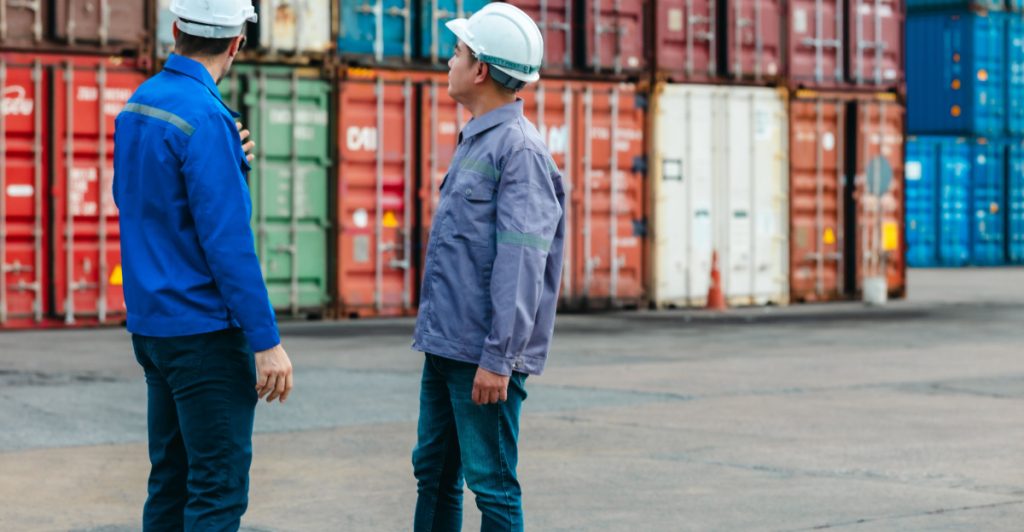
A trio of factors, tariffs, a crackdown on undocumented labor, and extreme weather, are squeezing food supply chains.
Experts say these policies have made it more expensive to produce and import food, especially products like coffee, fruit, and vegetables. “Food prices are top of mind for consumers,” said Michigan State economist David Ortega. “It’s also a political flash point.”
Imported Goods Bear the Brunt of Tariffs
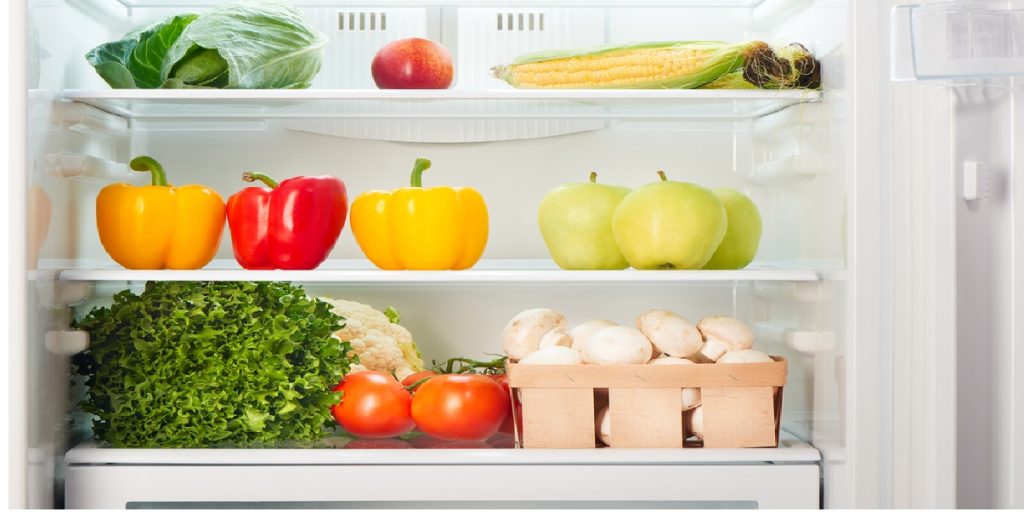
Foods heavily reliant on imports are seeing the steepest price increases. Coffee prices soared 3.6% in August alone and are up 21% over the past year.
Also read
Much of that is due to Brazil, the top U.S. coffee supplier, now facing 50% tariffs. Fruits and vegetables haven’t been spared either, apples, lettuce, and bananas all rose more than 2% in just a month.
Tomato Prices Climb as Mexico Tariffs Kick In
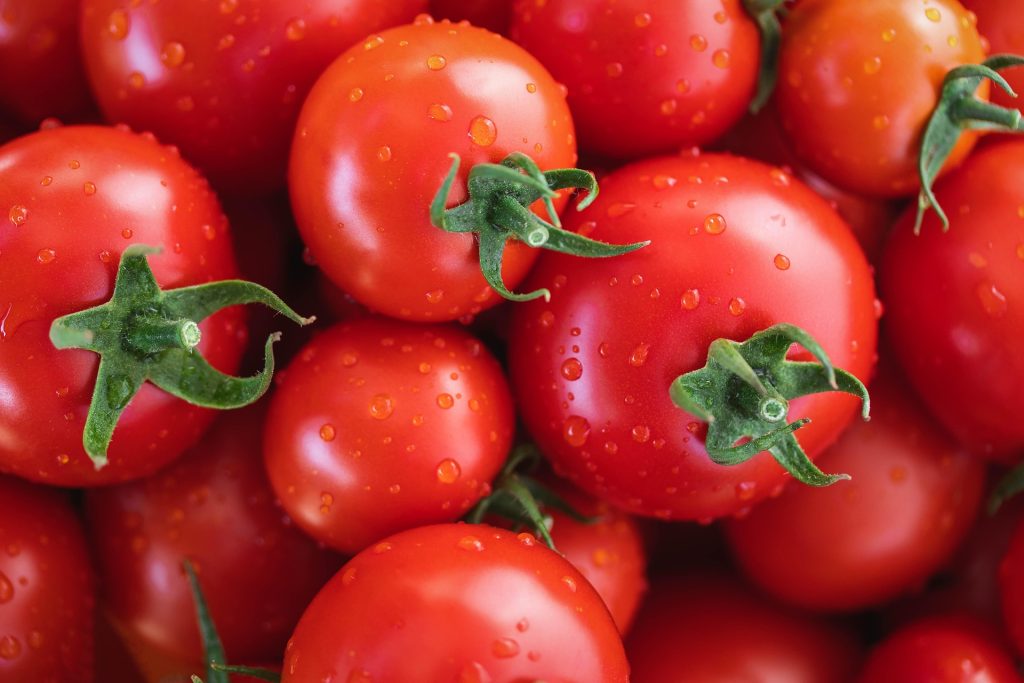
Tomato prices surged 4.5% in August, after the expiration of a decades-old trade agreement with Mexico led to 17% tariffs on imported tomatoes.
With 60% of America’s fruit and 38% of its vegetables coming from abroad, shoppers are increasingly feeling the strain of trade disputes at the checkout line.
Labor Shortages Fuel Higher Food Costs

Undocumented immigrants make up 42% of America’s farm workforce. But immigration raids and workplace crackdowns have driven many away, causing labor shortages and unharvested crops.
Agricultural employment fell by 155,000 workers between March and July, reversing two years of growth. “If you’re thinking of a new orchard or greenhouse, you wouldn’t do that now,” said Tufts economist William Masters.
Also read
Climate Change Adds to the Chaos
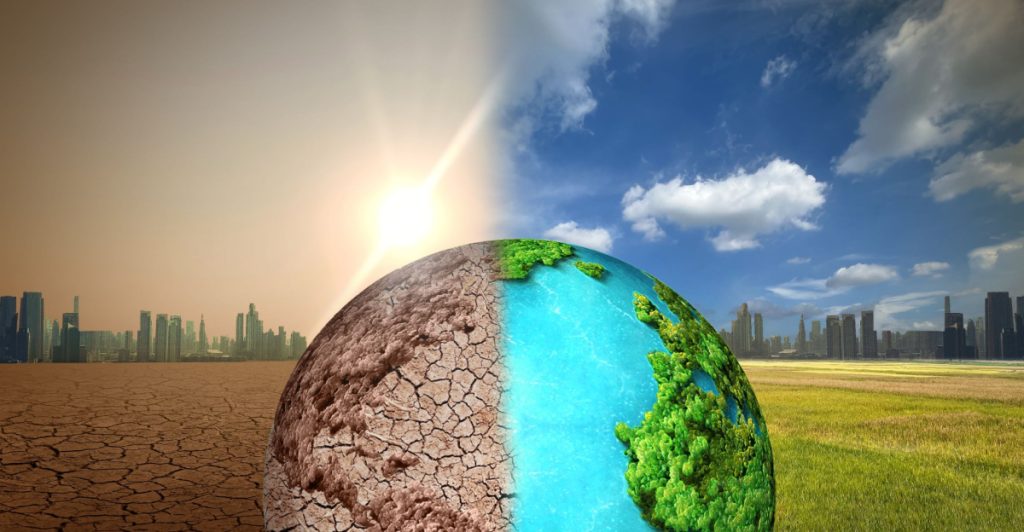
Beyond policy, climate change is compounding the problem. Severe droughts in Brazil and devastating hurricanes in Florida have reduced crop yields.
Orange prices rose nearly 1% in August and are up 5.2% year-over-year. Beef is also impacted, with prices jumping 2.7% last month and nearly 14% over the year, as cattle herds shrink due to drought and plant closures.
Shoppers Cut Back as Budgets Tighten
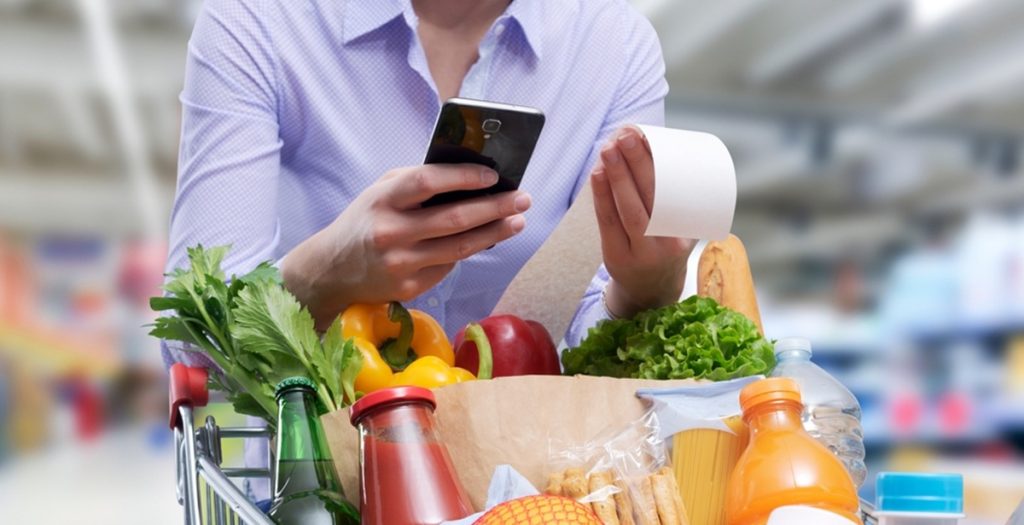
With grocery costs rising, low- and middle-income households are changing their habits. They’re shopping more frequently but spending less each trip, often opting for private-label products and essentials only.
Eating out is also on the decline. “Higher income households are still spending, and splurging, but others are stretched thin,” said Kroger CEO Ron Sargent.
SNAP Cuts Threaten Millions of Families

Proposed cuts to the Supplemental Nutrition Assistance Program (SNAP) could leave millions with reduced or no benefits.
Also read
The “One Big Beautiful Bill Act,” pushed by Republicans, marks the largest potential rollback in the program’s 86-year history. An estimated 4 million people each month could see their assistance slashed.
Coupons Make a Comeback as Pressure Mounts
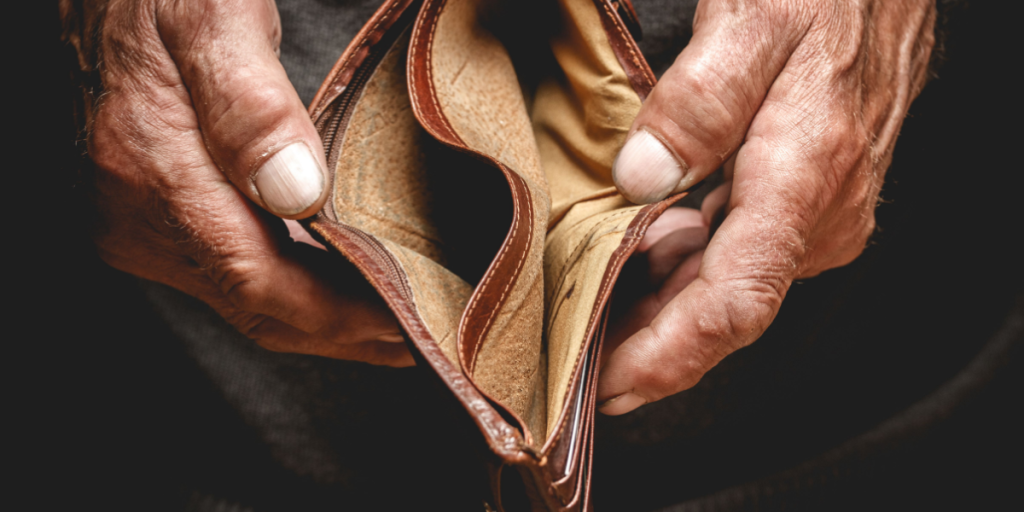
To help struggling shoppers, Kroger is reintroducing paper coupons, reversing a 2023 decision to phase them out. The move comes after pushback from customers without access to smartphones or digital tools.
“We’re going back to basics for customers who don’t have a $600 iPhone,” said Sargent, as demand for discounts surges.
White House Pushes Back on Inflation Claims
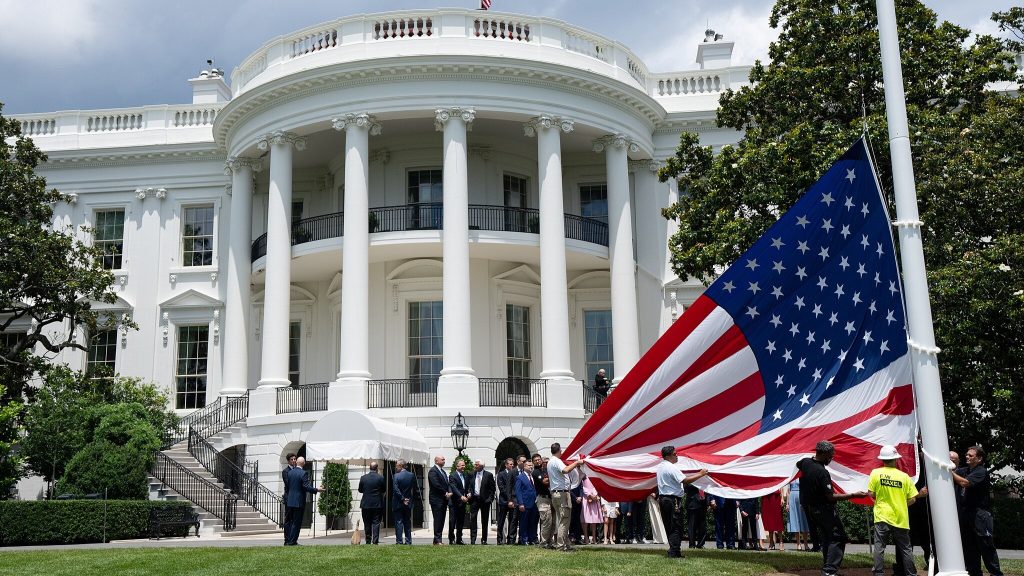
The Trump campaign insists inflation is slowing overall. Spokesperson Kush Desai argued that one month’s data isn’t enough to declare a trend, citing Trump’s “unprecedented trade deals” and historic investments.
But economists warn that unless tariffs and labor issues are addressed, Americans should brace for more price hikes at the grocery store.


